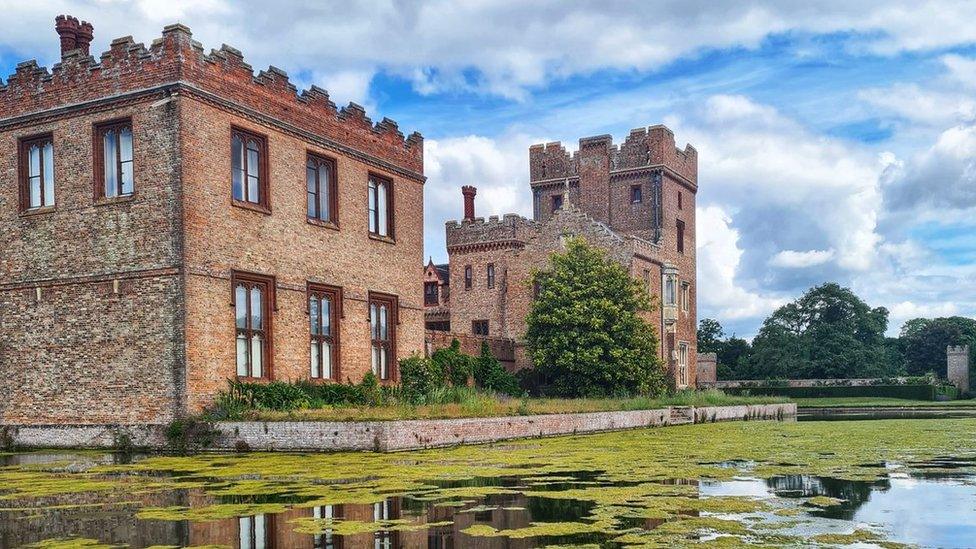Four Roman Catholic churches in the East granted special protection
- Published
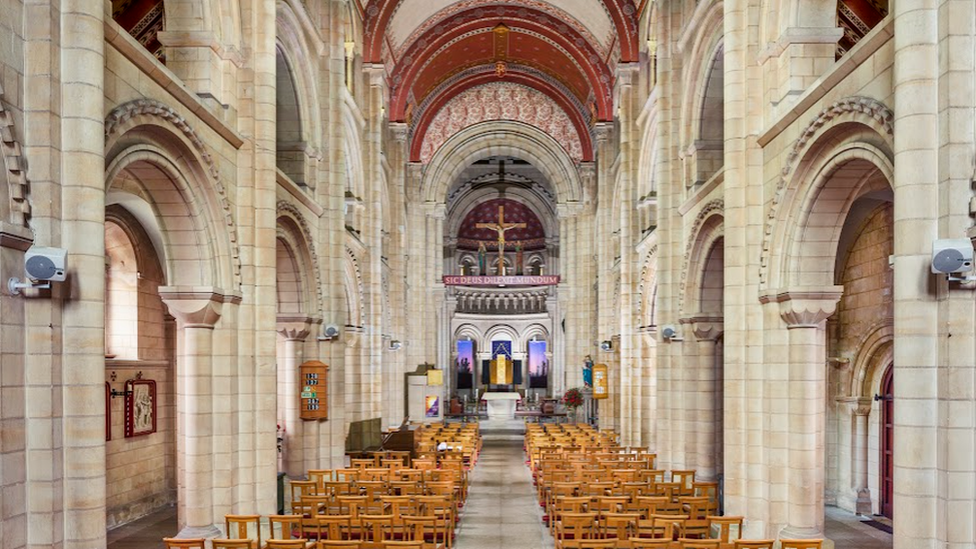
View of the nave of Minster Church of St Benet, St Mary's Road, Beccles
Four "distinctive" Roman Catholic churches in the East of England are to be granted special protection.
The buildings - in Cambridge, King's Lynn, Beccles and Felixstowe - will be listed, or have their listing upgraded, on the advice of Historic England.
Each tells the story of the development of the Roman Catholic faith over the centuries, the body said.
Diana Evans, of Historic England, said: "They are treasure houses where anyone can find quiet and beauty".
People are being encouraged to add their own stories, pictures and memories of the churches to the online list entries.
Caroline Skinner, the East of England listing team leader, said the churches were "distinctive and individual" and "have been at the heart of their local communities for generations".
Rt Rev Peter Collins, Bishop of East Anglia, said the churches "represent a true testament to the faith of our communities in past centuries, and are a key part of the Catholic legacy of East Anglia that we hold in sacred trust for the many generations yet to come."

The Church of Our Lady of The Assumption and The English Martyrs, Cambridge
The Hills Road landmark has a spire that is 65m (213ft) high
One of the largest 19th Century Roman Catholic churches in the country, the Cambridge landmark on the corner of Hills Road and Lensfield Road was built between 1887 and 1890.
It has been relisted as Grade I for its "superb quality, craftsmanship and architectural vision".
At 65 metres (213ft) high, the church spire is only slightly lower than the tower of Ely Cathedral.
The church's significant size, features and architectural detail were intended to suit its anticipated role as the centre of Catholic life at Cambridge University.
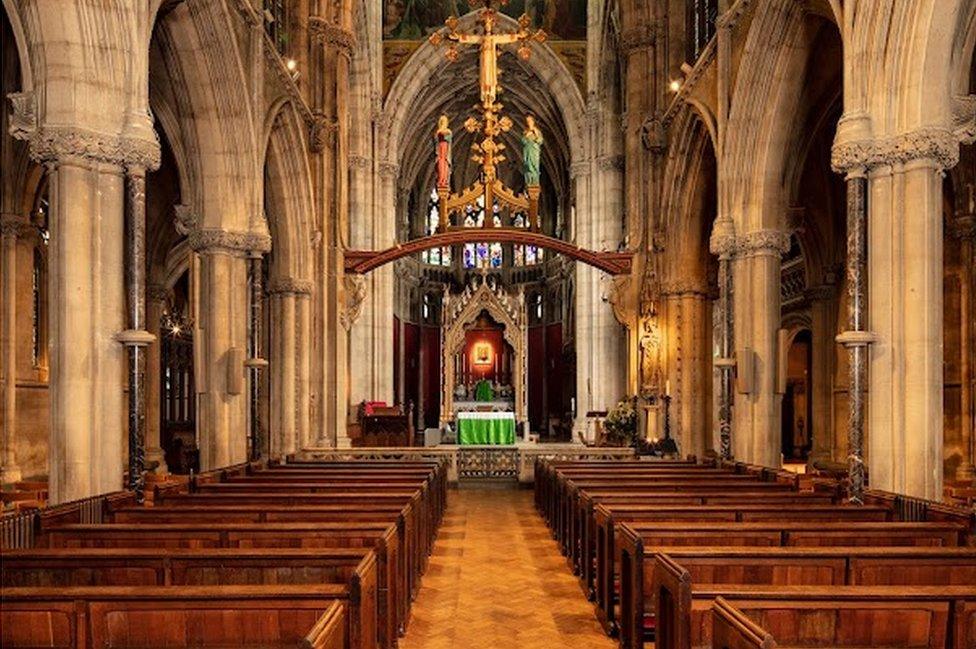
OLEM, in the centre of Cambridge, has been relisted as Grade I

Our Lady of the Annunciation, King's Lynn
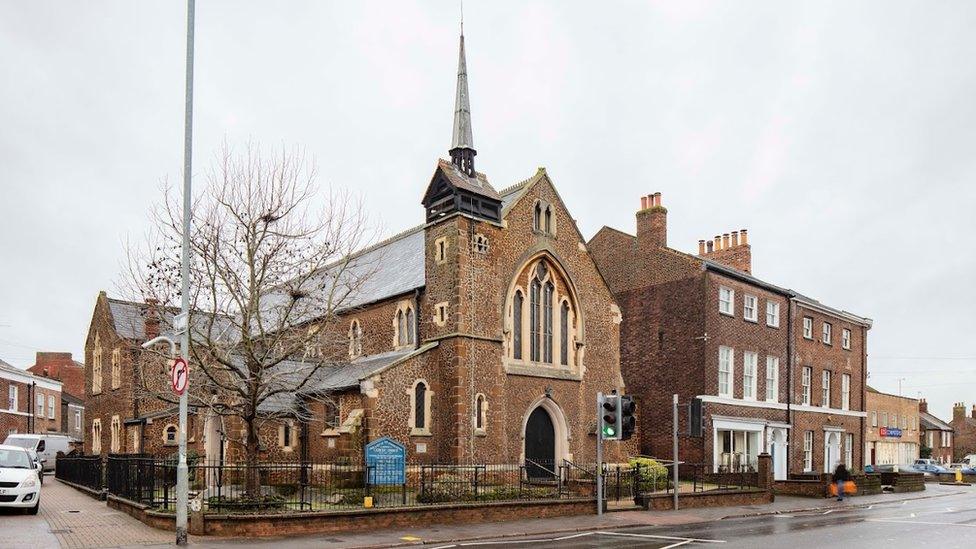
Our Lady of the Annunciation in King's Lynn played an important role in the revival of the shrine at Walsingham
The Church of Our Lady of the Annunciation, in North Everard Street in King's Lynn, Norfolk, is newly listed as Grade II.
Built with the support of the future King Edward VII - who contributed 50 guineas towards the cost - the 19th Century church helped to revive the shrine of Our Lady at Walsingham, an important medieval place of pilgrimage.
The foundation stone was laid on 29 September 1896 and the church was opened by Bishop Riddell of Northampton on 2 June 1897.
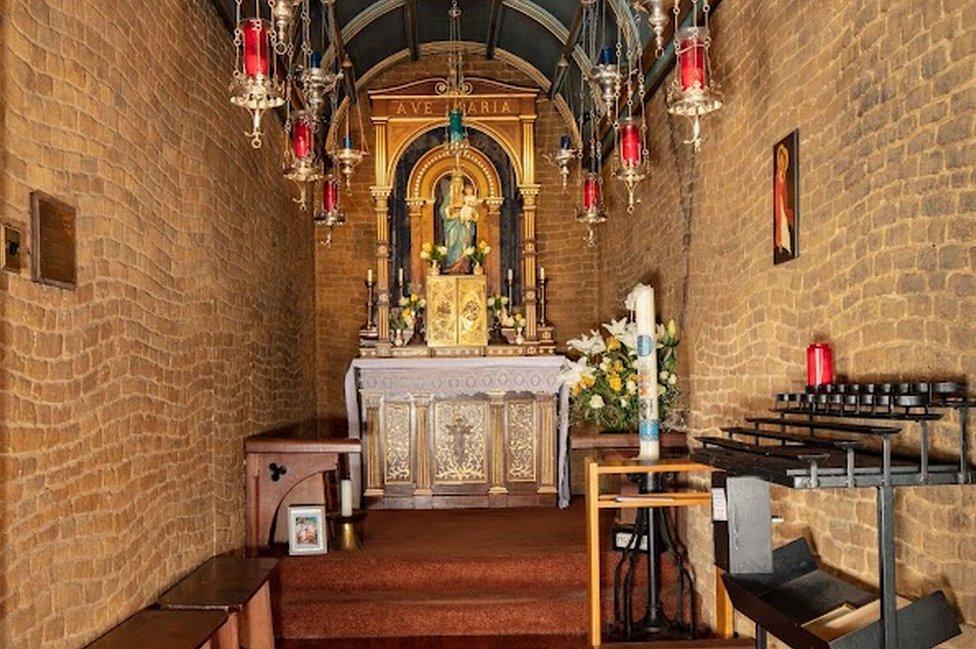
A small chapel within The Church of Our Lady of the Assumption in King's Lynn

Roman Catholic Church of St Felix, Felixstowe
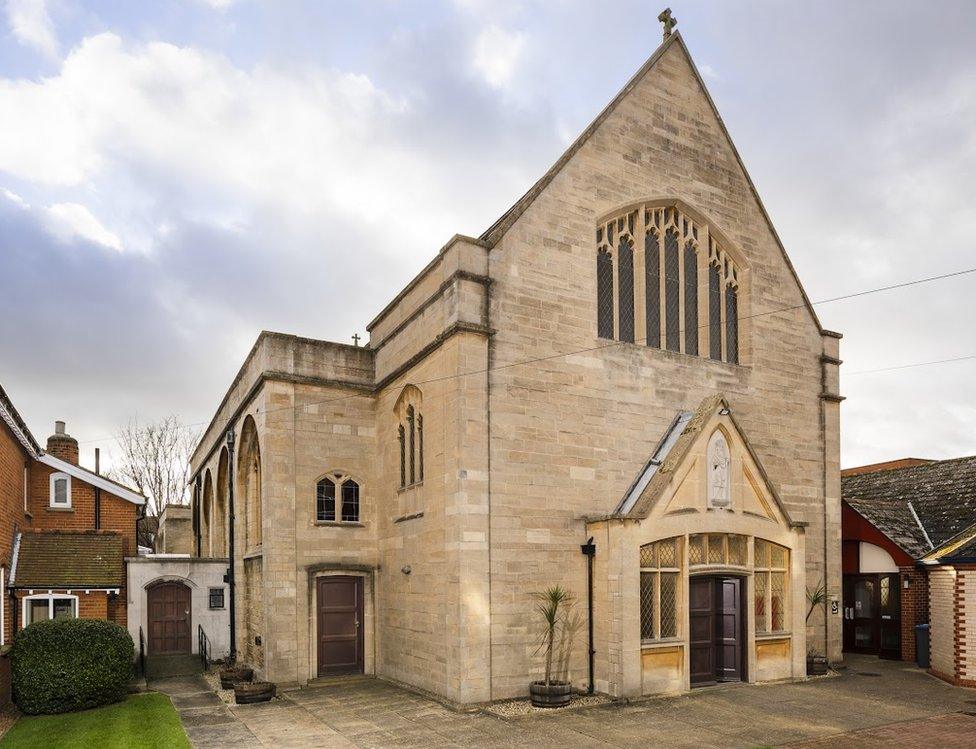
The Roman Catholic Church of St Felix, Felixstowe is newly listed as Grade II
The 20th Century church was designed by Beccles architect Francis Easto Banham as a "labour of love" to accommodate Felixstowe's growing Catholic community, according to Historic England.
It is newly listed as Grade II.
The church was officially opened on 31 July 1912, with King Manuel II of Portugal in attendance.
It was built in stages when funds became available, so the original grand design was modified between the completion of the first building phase in 1912 and its eventual completion in 1958.
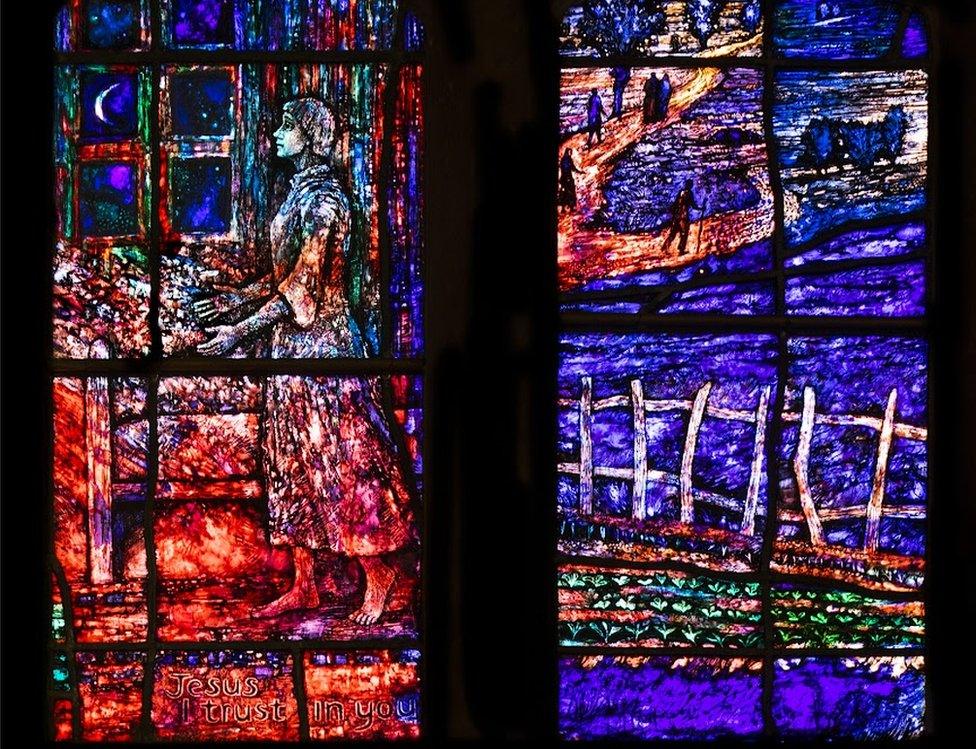
The stained glass in the east window of St Felix's depicts the Mysteries of the Rosary

Minster Church of St Benet, Beccles
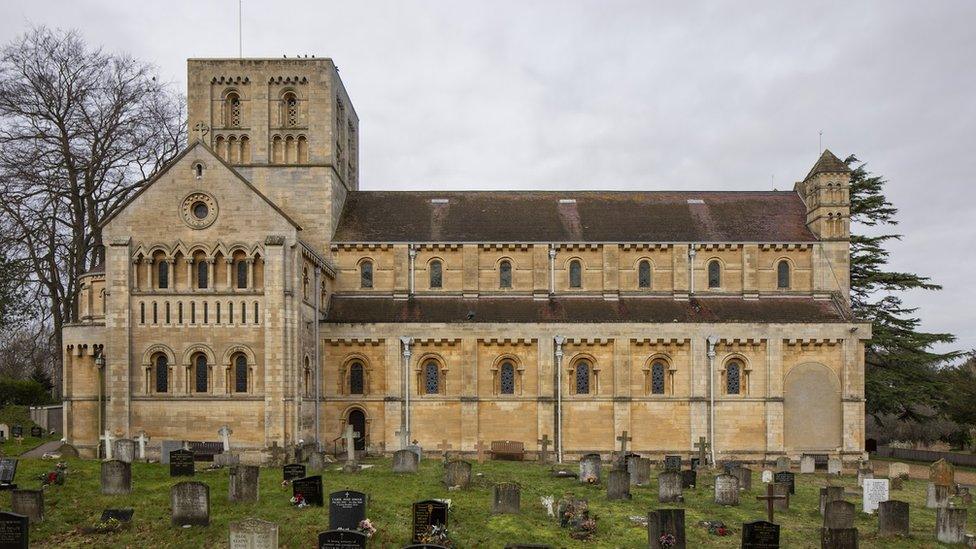
The Minster Church of St Benet, Beccles is newly listed at Grade II*
The architect Francis Easto Banham - who also designed St Felix's - is buried at the Minster Church of St Benet in Beccles.
The 19th Century church becomes Grade II* listed.
Banham, who was also the mayor of Beccles, designed the church in a Romanesque style and he is reported to have created the richly-painted ceiling decoration throughout.
The foundation stone was laid in 1899 and the first mass was celebrated in the nave on 4 September 1901, although it took until 1908 to complete the church.

Find BBC News: East of England on Facebook, external, Instagram, external and Twitter, external. If you have a story suggestion email eastofenglandnews@bbc.co.uk, external
- Published14 December 2022
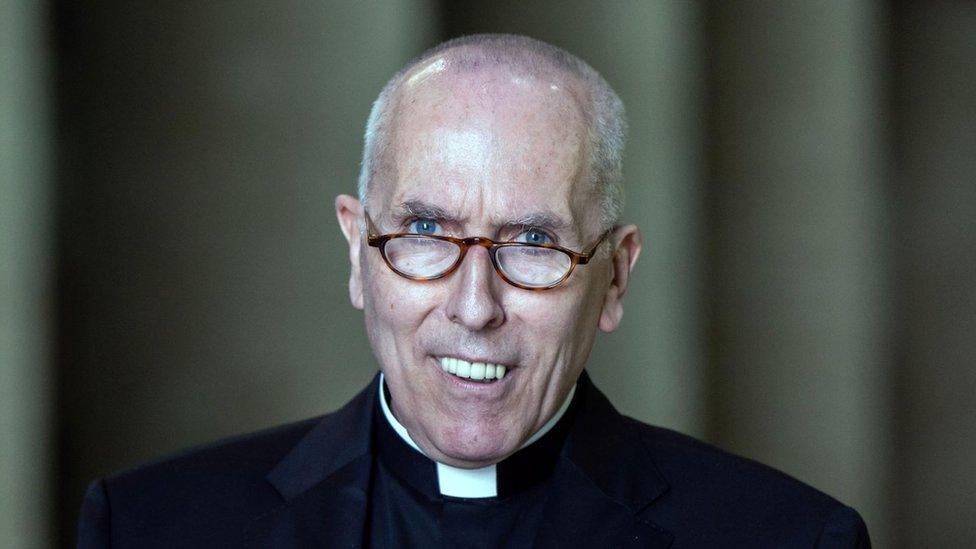
- Published30 October 2022

- Published14 July 2022
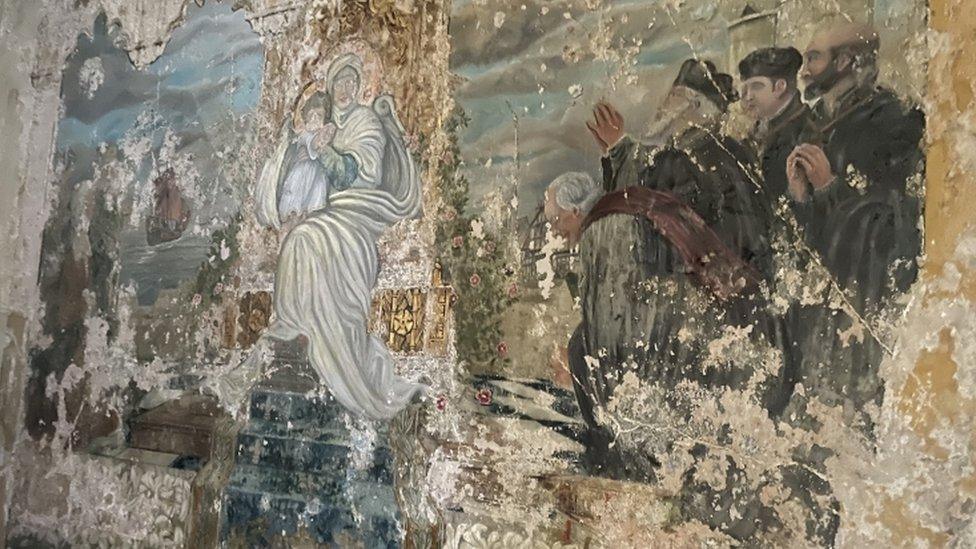
- Published29 June 2022
